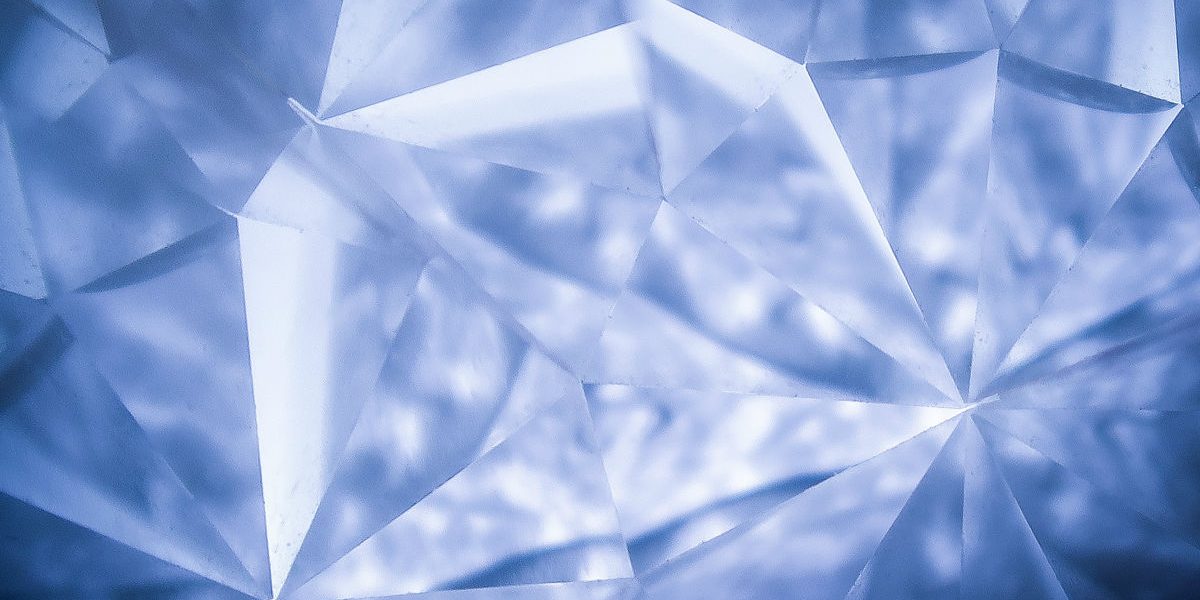Make no mistake: the Diamond Cutter is the signature move of the DDP Yoga program. If you’ve followed along with the DDP Yoga DVDs, the app, or you’ve attended an in-person workshop or class, you’ve “felt the bang,” so to speak.
Why It’s Called The Diamond Cutter
The Diamond Cutter is the first of several movements in the DDPY Diamond Dozen whose names have roots in Dallas’ past.
Diamond Dallas Page’s finishing move during his professional wrestling career was the Diamond Cutter.
In fact, there’s a whole Wikipedia page dedicated to various cutters.
The move essentially involves grabbing your opponent’s head in a facelock and then dropping them to the ground. It’s a relatively recent invention, so fans of wrestling prior to the 1990s may not have seen it.
The Diamond Cutter has been adapted in different forms by many wrestlers today, including Randy Orton and his RKO.
How To Do The Diamond Cutter
Fortunately, you don’t need to fall to the ground in order to do the DDP Yoga Diamond Cutter.
Instead, first root yourself like you did in Ignition Into Touchdown. Like all of the DDP Yoga movements, you can incorporate dynamic resistance (isometric muscle contractions) to get the most out of it.
With your entire lower body engaged from Ignition, push your thumb and index fingers together while pulling your pinkies away. This works your hands, forearms, biceps, triceps, shoulders, and your chest.
Inhale while raising your hands up over your head (here’s a refresher on how to breathe in DDP Yoga). Extend backwards, tucking your tailbone to protect your back. Here, you’ll look like Dallas used to when he made his ring entrance:
Next, extend your arms to make your body into a T shape. Clench your fists, and as you exhale, “Hulk it up!” This means you’re bringing your arms in front of your chest while flexing with everything you’ve got. Just like Hulk Hogan:
The dynamic resistance you’re using here means that your muscles are flexed. When they’re flexed, they need more oxygenated blood. That means your heart has to work faster, which is why your heart rate goes up standing still.
Then, you’ll roll your shoulders back, with your hands extended and arms out. Finally, you’ll relax and be at ease.
What Body Parts The Diamond Cutter Works
The Diamond Cutter is a whole-body posture, which can be said for just about all of the Diamond Dozen positions.
You already know what you’re working in Ignition.
The Diamond Cutter also specifically works:
- Hands
- Forearms
- Biceps
- Triceps
- Shoulders
- Trapezius
- Pectorals (chest)
- Trapezius (neck/shoulders)
Check out the new arrivals at YogaOutlet.com
The Benefits of the Diamond Cutter
The Diamond Cutter has many benefits, including:
- Reversing a stretch. Say you’ve spent several minutes in a lunge, crunching up your hip flexors. The Diamond Cutter takes you in the opposite direction, helping to massage and lengthen them after you’ve compressed them.
- Mobilizing your shoulders, chest, and back. If you’ve had a day focusing on any of those body parts at the gym, the Diamond Cutter helps you loosen up those stiff muscles.
- Knowing you’re at the end of a sequence. Typically, Diamond Cutters are performed when you’ve reached the end of a sequence or flow. Some are occasionally thrown in the middle. In my class, however, I typically do them right before a break. That means, in your head, you can usually take a second to shake it out and get a few seconds of rest. It’s more of a mental breather.
What The Diamond Cutter Looks Like In Traditional Yoga
The Diamond Cutter seems to be a unique move of the DDP Yoga system. The closest combination of moves I can find that look like the Diamond Cutter are Mountain pose (tadasana) and Half Wheel pose (ardha chakrasana).
Try The Diamond Cutter
Check out my latest DDPY classes here!
Photo by Daniele Levis Pelusi on Unsplash

3 Comments
Comments are closed.